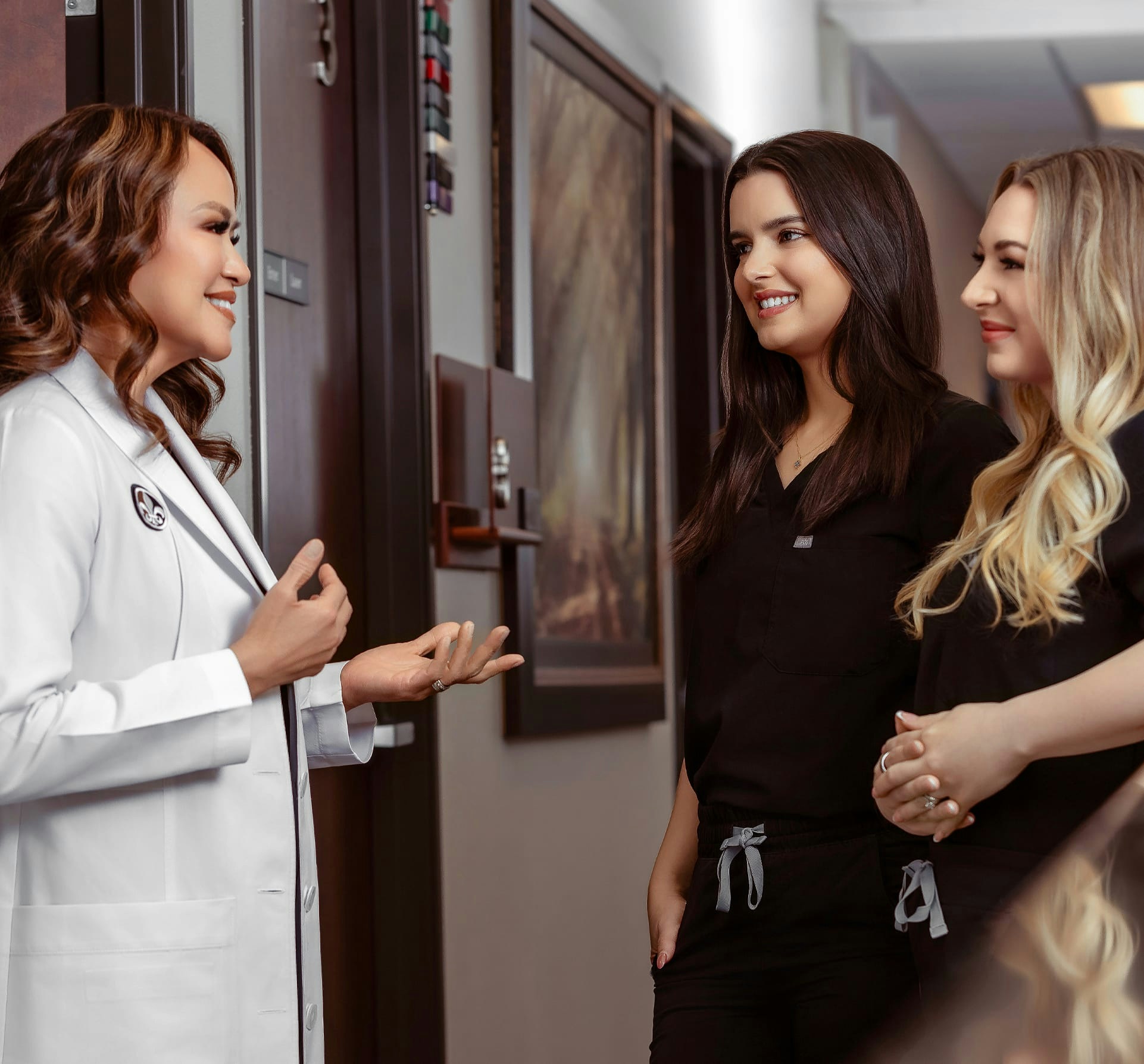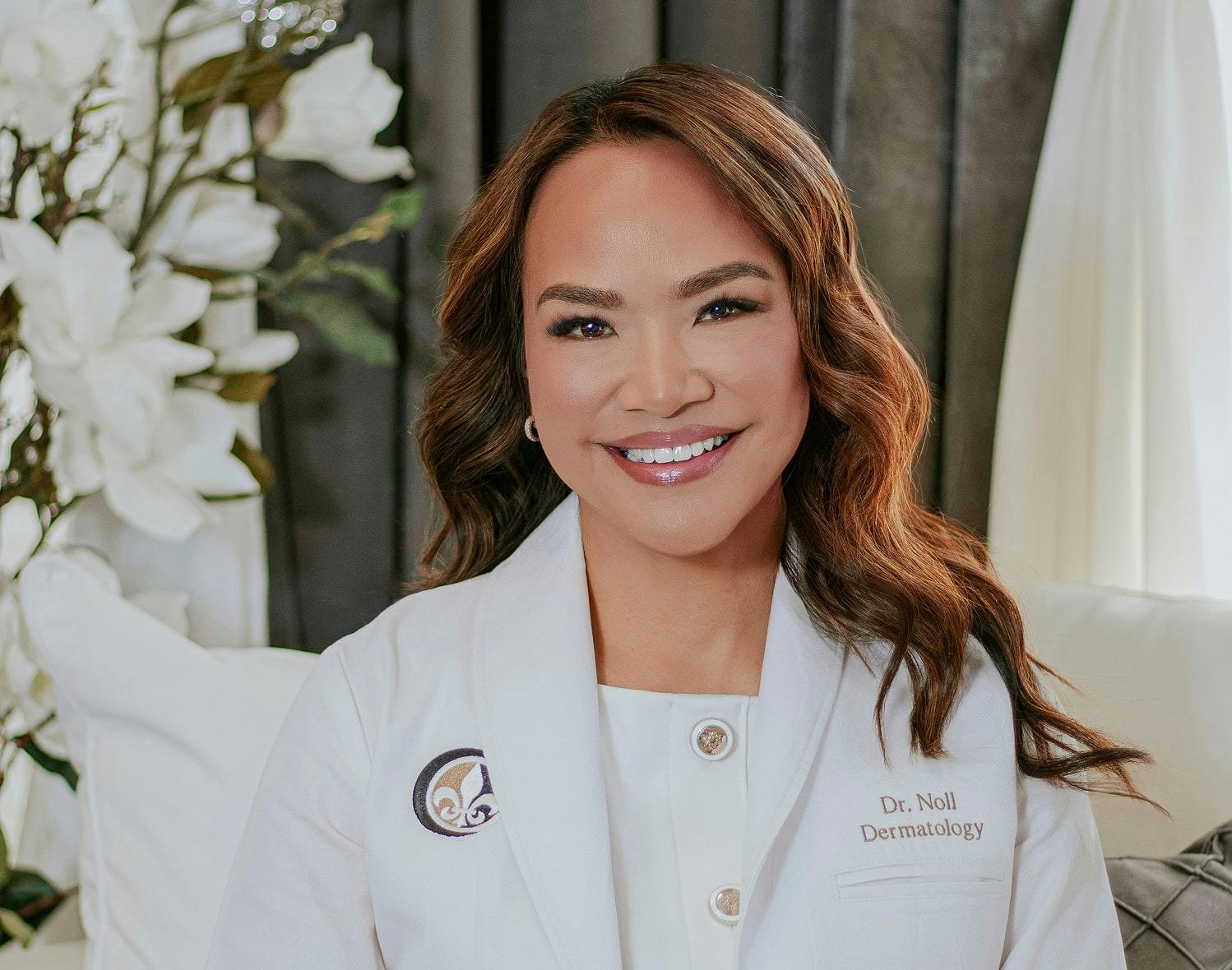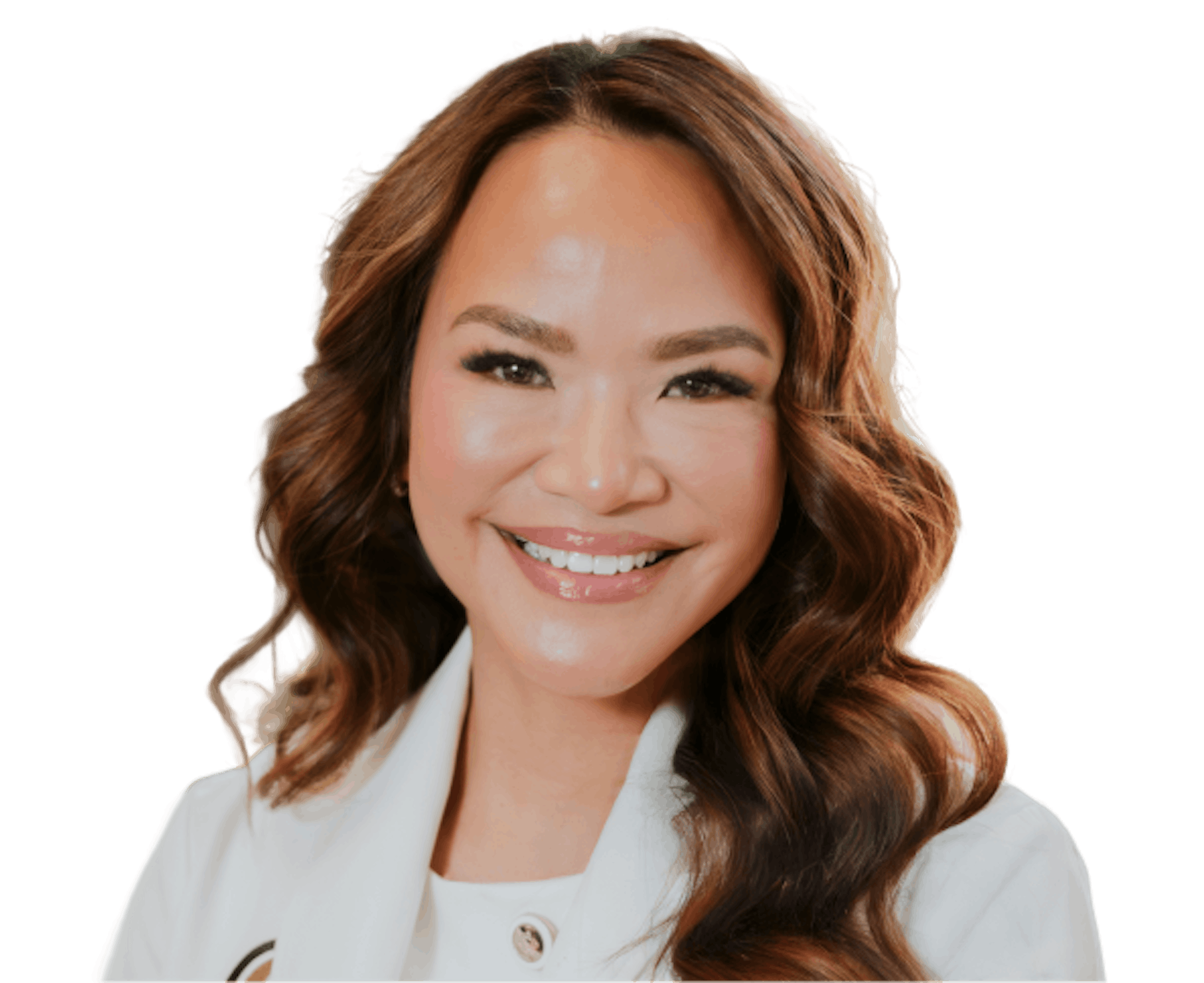Learn about the medical conditions we treat and explore personalized solutions designed to restore your health, confidence, and quality of life.
A Combined Approach Yields the Best Results
While there is not currently a cure for melasma, there are several effective treatments that can improve its appearance and help prevent recurrence. At Davis Dermatology, we recommend a combined approach, including:
- Chemical peels to lift visible pigment
- PicoGenesis laser treatments to reduce recurrence
- Prescription and over-the-counter products to accelerate and maintain results









